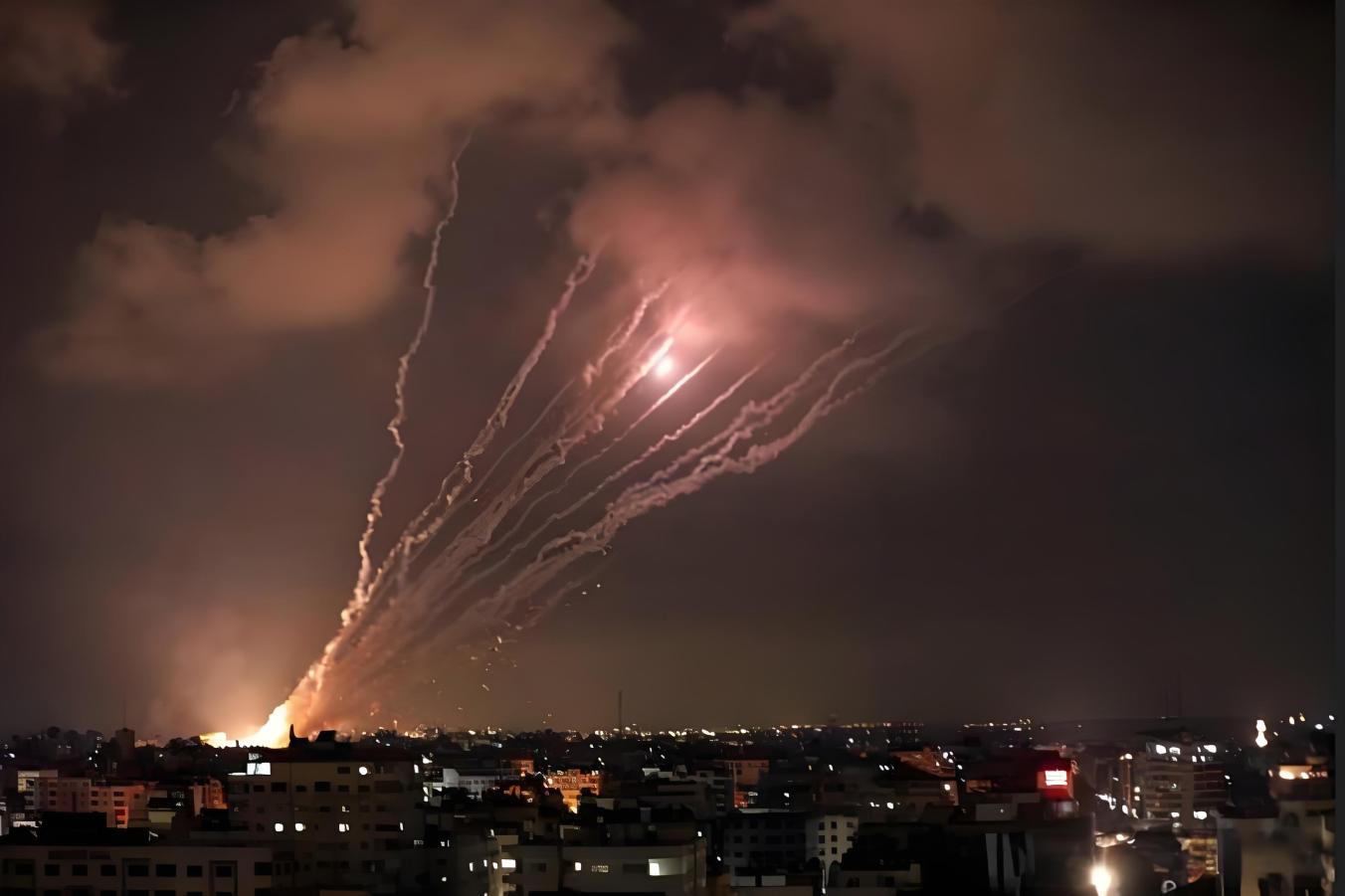
On March 19 local time, the White House of the United States issued a statement saying that US President Trump and Ukrainian President Zelensky had a phone call in the morning of the same day and reached an agreement on Russia and Ukraine to stop attacking energy facilities and implement a "partial ceasefire." This news has brought new hope for the alleviation of the tense situation of the Russia-Ukraine conflict.
The statement, jointly signed by US Secretary of State Rubio and Assistant to the President for National Security Affairs Waltz, shows that during the call, Trump comprehensively briefed Zelensky on the situation of the US-Russia leaders' call on March 18 and the key issues discussed. The US and Ukrainian technical teams will hold talks in Saudi Arabia in the next few days to discuss expanding the ceasefire scope to the Black Sea to achieve a comprehensive ceasefire. The US and Ukrainian leaders unanimously believe that achieving a ceasefire for energy facilities and expanding the ceasefire scope to the Black Sea can be expected to be the first step towards a comprehensive end to the conflict in Ukraine and ensuring Ukraine's security.
It is understood that before this call, the US and Russian presidents had an important call on March 18. A statement issued on the website of the Russian President said that Putin gave a "positive response" to Trump's proposal that Russia and Ukraine simultaneously abandon attacks on each other's energy infrastructure within 30 days and immediately issued corresponding orders to the Russian army. At the same time, the Russian side also put forward a series of important propositions, including ensuring the effective control of the ceasefire on the entire contact line between the two sides, stopping forced mobilization in Ukraine and rearming the Ukrainian army, etc.
After Trump's call with Putin, Zelensky quickly responded. He posted on social media that the Ukrainian side was ready to take necessary ceasefire measures, and now the Russian side must show its willingness to ceasefire. In the call with Trump on March 19, Zelensky reiterated his willingness to accept a comprehensive ceasefire. He also posted on social media that he had an "active, very substantial and candid conversation" with Trump. The two sides agreed that the United States and Ukraine should continue to work together to achieve the real end of the war and lasting peace. The teams of the two sides will hold talks in Saudi Arabia in the near future to continue to coordinate the steps towards peace. Zelensky revealed that Trump shared with him the details of the call with Russian President Putin. The Ukrainian side accepted the US proposal to stop attacks on energy and civilian infrastructure and the US proposal for an unconditional ceasefire on the front line. The Ukrainian side believes that these steps are necessary to create possibilities for preparing a "comprehensive peace agreement" during the ceasefire period. In addition, the two sides also discussed the front-line situation, the release of prisoners of war and other issues.
This call between the US and Ukrainian presidents not only reached an agreement on the ceasefire issue but also made new progress in military assistance. The statement pointed out that during the call, Zelensky asked the United States to provide additional air defense systems to Ukraine, especially the "Patriot" missile system. Trump agreed to cooperate with him to "find available resources, especially in Europe." Trump also talked about Ukraine's power supply and nuclear power plants during the call, saying that the United States might help operate Ukrainian power plants. "US ownership of these power plants would be the best protection for these infrastructures and also support for Ukraine's energy infrastructure."
It is worth noting that on February 28, Trump and Zelensky, who visited the White House, had a fierce quarrel in front of the media, and Zelensky left the White House ahead of schedule. Since then, the US-Ukrainian relationship has been tense for a while, and the United States announced the suspension of military aid and intelligence sharing to Ukraine. However, on the evening of March 11, the US and Ukrainian delegations announced that they had reached a consensus on issues such as the implementation of a temporary ceasefire, the resumption of intelligence sharing and security assistance. On March 12, the relevant parties confirmed that the US military aid and intelligence sharing to Ukraine had been restored. This call between the US and Ukrainian presidents came 19 days after the last quarrel. From the conflict to the current agreement on key issues such as the ceasefire, it shows that the US-Ukrainian relationship is seeking a new cooperation path amidst twists and turns and also indicates that the two sides have a new common goal in promoting the resolution of the Russia-Ukraine conflict.
Although the US and Ukrainian presidents have reached an agreement on ceasefire-related matters, the complexity and sensitivity of the Russia-Ukraine conflict determine that there are still many challenges in achieving a comprehensive and lasting peace. Judging from the calls between the US, Russian and Ukrainian leaders, ending the conflict in Ukraine is still "a long and difficult road." The subsequent talks between the US and Ukrainian technical teams in Saudi Arabia and the implementation of a series of specific measures such as the ceasefire in the Black Sea will all become key factors affecting the direction of the Russia-Ukraine conflict. The international community is also closely watching these developments, looking forward to the early end of the conflict and the realization of regional peace and stability.

Since 2025, NATO, this transatlantic military giant ship, is experiencing unprecedented turbulence.
Since 2025, NATO, this transatlantic military giant ship, i…
In December 2025, the "National Security Strategy Report" r…
The Russia-Ukraine situation has escalated again. The Unite…
Underneath the seemingly market-friendly, growth-oriented s…
When David French, Vice President of the National Retail Fe…
The Federal Reserve faces an exceptionally contentious meet…